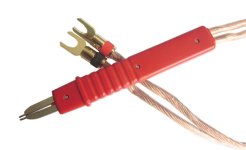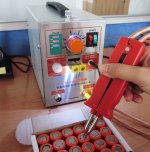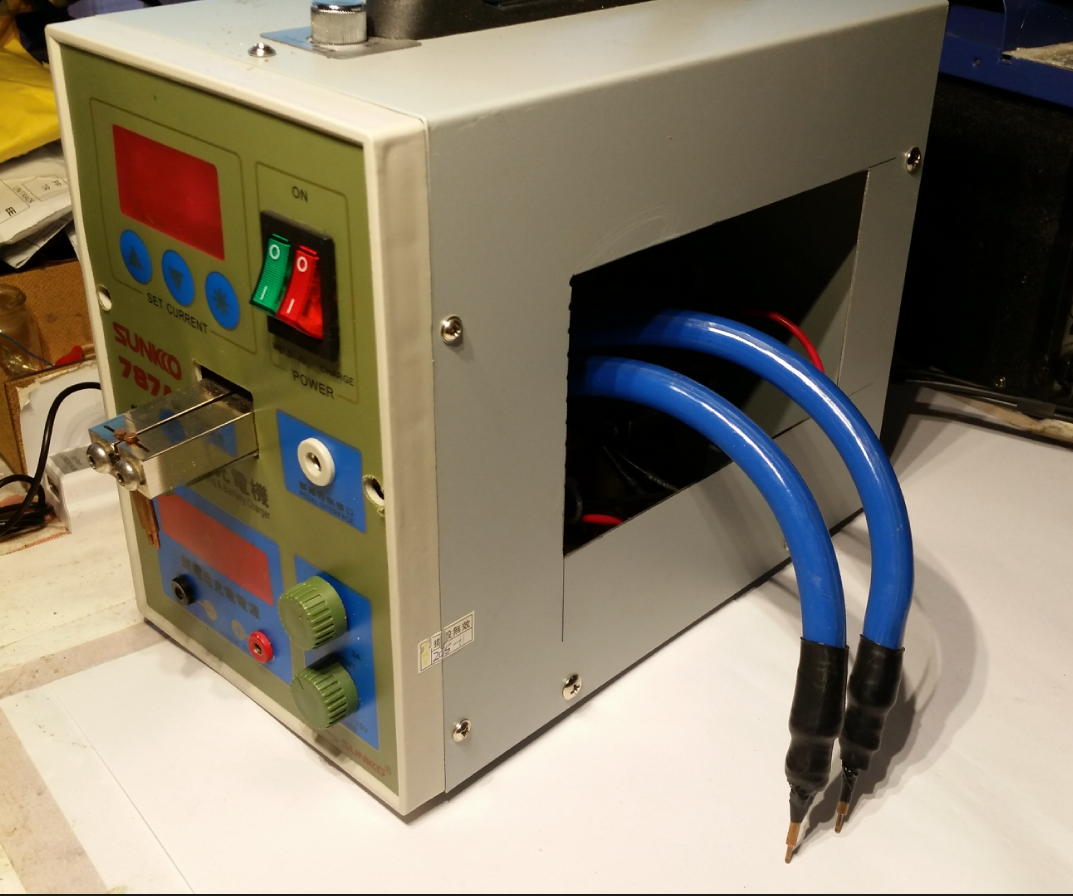Crossposting from my build thread to ask some pack assembly advice:
I am still at the point of having 20 out of 22 9p sub-packs constructed (see: https://imgur.com/a/gsK9c), I have the materials to finish the rest after ordering some replacement HG2 to replace the ones I blew up during my iterative welding/welder-development process.
I have also acquired a whole lot of 0.3mm flat nickel sheet, which I have cut into trapezoidal shapes to make a single series connection between two 9p packs.
I have found at the voltage levels that I previously recorded the welder having acceptable voltage overshoot (22-23V, 1.2-ish Farads), making test welds between 0.3mm nickel plates was not giving good weld adherence.
This is with a weld profile that I adopted designed to minimise arcing/exploding with capacitive discharge, over variation in surface conductivity: 500us (on), 1ms (off), 500us (on), 1ms (off), 8ms on. This profile has worked well at the power levels I have needed for 0.3mm nickel-to-cell-tab (nickel-plated steel, which seems to have a markedly different characteristic to pure nickel-nickel welds).
I think I have two options:
1) Modify my CD welder to have freewheeling diodes *as well as* the existing drain-source capacitive snubbers, which should make it robust enough to significantly increase the weld voltage and current, and so achieve direct 0.3mm nickel-nickel welding.
2) Using my pre-cut nickel plate, make the series connections using solder. This seems viable, as the cells now have nickel parallel buses attached, which could provide enough thermal mass and isolation to avoid overly heating the cells. It might be possible to use things like freeze-spray also and good surface prep to minimise heating.
Thoughts? I really need to get my act together and finish this thing huh.







